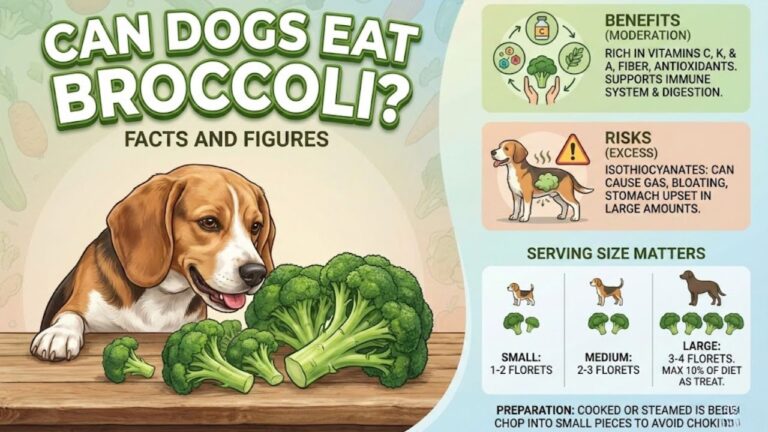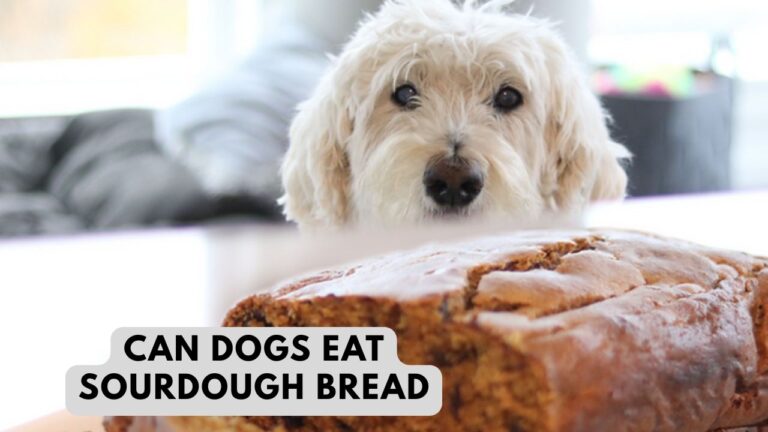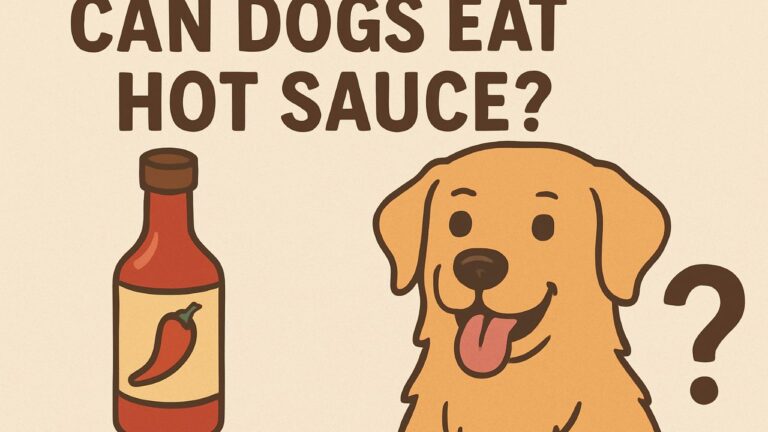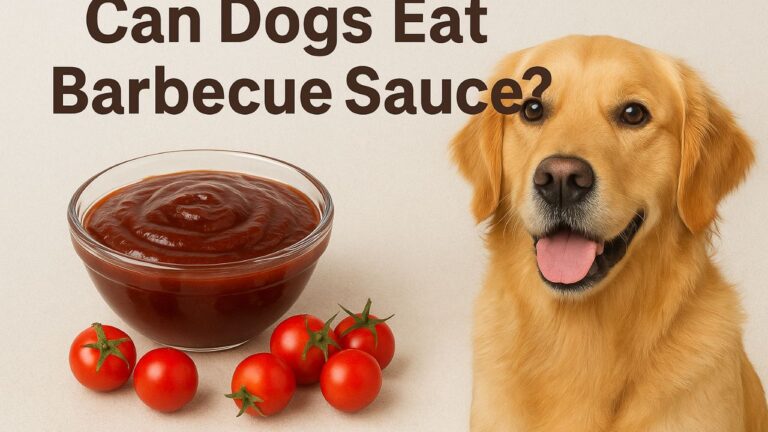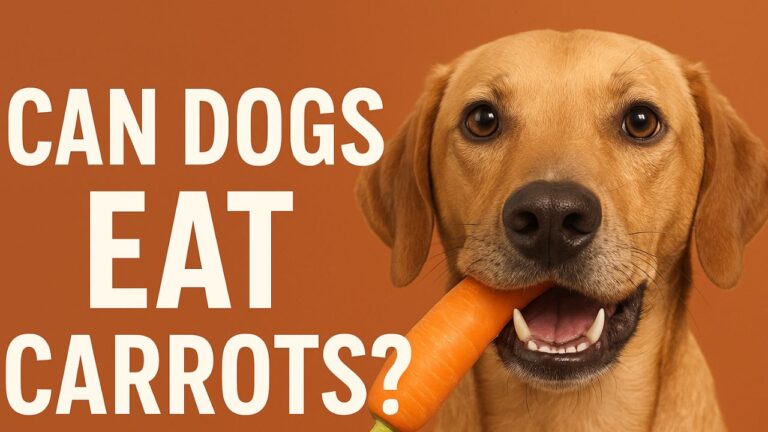Can Dogs Eat Spaghetti? better to know
Spaghetti is one of the world’s most loved comfort foods soft, saucy, and full of flavor. Whether it’s a simple plate of noodles or a rich pasta dish, it’s hard to resist. But if you’re have some pet like a dog. That’s when the big question pops up: Can dogs eat spaghetti safely, or is it risky for their health?
In this article, you’ll get a complete, vet-approved guide on feeding spaghetti and dough to your dog. Learn which types are safe, what ingredients to avoid, and healthier alternatives that let your furry friend enjoy a taste of your meal without putting their health at risk.
Dr. Sandra Mitchell, DVM, in PetMD says, “Nothing in plain, cooked pasta is toxic to your dog. But it definitely isn’t good for your dog, either.
Why Dogs Are Tempted by Spaghetti
Dogs are naturally curious about human food at every mealtime, drawn by its smell, taste, and the attention they receive. Spaghetti is especially appealing soft, carb-rich, and aromatic making it hard to resist. However, it can be a bit difficult for their bodies to digest and may sometimes pose minor risks. Its gentle flavor and easy to chew texture excite their taste buds, while the quick energy from starch encourages them to nibble. Moreover, when you interact or show affection during meals, dogs associate spaghetti with positive experiences, which reinforces their habit of begging.
Unique Insight: Spaghetti’s mild taste and aroma make it more enticing than bitter or spicy foods, which dogs instinctively avoid. Even a small whiff can trigger their curiosity and attempts to sneak a bite.
Types of Pasta and Age-Appropriate Portions
Dogs can enjoy pasta like spaghetti, penne, fusilli, or macaroni but the type and portion should depend on their age, size, and digestive capacity.
Puppies (up to 12 months): Offer tiny portions of soft, plain pasta. Around 1–2 small teaspoons of cooked noodles is enough. The pasta should be plain, without any sauce, salt, or seasoning, to make it easy for their delicate stomachs to digest.
Adult Dogs (1–7 years): They can handle small to medium portions as an occasional treat. About 2–3 tablespoons of plain, boiled pasta works for medium-sized dogs. Large breeds may take slightly more, but keep it occasional to prevent unnecessary weight gain.
Senior Dogs (7+ years): Stick to very small portions of easily digestible pasta like spaghetti or penne. Around 1–2 tablespoons is sufficient. Older dogs have slower digestion, so soft, plain pasta is ideal to avoid stomach upset or bloating.
Pro Tip: Always serve pasta plain, boiled, and cooled, without sauces, oils, or seasonings. Adjust the portion according to your dog’s size and appetite, and treat it as a snack, not a meal replacement.
Plain vs Sauced Spaghetti: What’s Safe for Dogs?
| Spaghetti Type | Safe for Dogs? | Details / Tips |
|---|---|---|
| Plain Pasta | Yes | Boiled, plain, and cooled. Easy to digest for dogs. No butter, oil, or seasoning. Serve in moderation as an occasional treat. |
| Squash / Pumpkin Sauce | Usually | Safe if plain and unseasoned. Rich in fiber and gentle on the stomach. Avoid garlic, onions, salt, or spices, which can be harmful. |
| Tomato Sauce / Other Sauces | No | Often contains garlic, onion, sugar, and spices, which can be toxic or cause digestive upset. Avoid entirely, even in small amounts. |
| Meatballs | Yes (tiny) | Only plain, fully cooked, and unseasoned meatballs. Give very small portions occasionally. Avoid any seasonings, onions, or garlic. |
Hidden Dangers of Feeding Spaghetti to Dogs
Sharing your pasta with your furry friend may seem harmless, but certain ingredients and habits can pose serious risks:
- Toxic Ingredients: Spices, sauces, cheese, garlic, and onions can be toxic to dogs, even in small amounts. They may cause vomiting, diarrhea, or more severe health problems like anemia.
- Overfeeding Pasta: Too much pasta can lead to weight gain, blood sugar spikes, and digestive upset. As a general guideline, 1–2 tablespoons of plain pasta for small dogs, 2–3 tablespoons for medium dogs, and 3–4 tablespoons for large dogs is safe as an occasional treat. Exceeding these amounts regularly can strain their system.
- Long-Term Risks: Regular overfeeding may increase the risk of obesity, pancreatitis, and food allergies. Even healthy dogs can develop chronic issues if given pasta too often.
Pro Tip: Treat spaghetti as an occasional snack, not a meal replacement. Stick to plain, boiled pasta in small portions, and avoid sauces, oils, and toppings
How Much Spaghetti Can Dogs Eat?
Feeding spaghetti to your dog isn’t just about giving them a bite it’s important to serve the right portion based on their size and age to avoid digestive issues or weight gain.
- Small Dogs: Give a maximum of 1–2 tablespoons of plain, boiled pasta. Their small stomachs can handle only tiny portions.
- Medium Dogs: 2–4 tablespoons is safe as an occasional snack. This portion provides energy without overloading their system.
- Large Dogs: About ¼–½ cup of plain pasta can be given, depending on their activity level and diet.
- Puppies & Senior Dogs: Serve smaller, softer portions to make chewing and digestion easier. Overfeeding can upset their sensitive stomachs.
Additional Tips:
- If adding squash sauce or plain meatballs, only give a tiny amount and mix with plain pasta. Avoid spicy or seasoned toppings, as they can harm your dog.
- Always treat spaghetti as an occasional snack, not a full meal.
Logic: Portion control matters because pasta is high in carbs. Too much can cause weight gain, blood sugar spikes, and digestive upset, while proper portions give a safe energy boost.
Healthy Alternatives to Spaghetti for Dogs
If you want to share a tasty treat with your dog without the risks of spaghetti, there are plenty of safe and nutritious options:
- Vegetables: Carrots, zucchini, pumpkin, green beans, and cucumber are low-calorie, fiber-rich, and easy to digest. Cut them into small bite-sized pieces or lightly steam them.
- Fruits: Apples (without seeds), blueberries, and watermelon can be given in moderation. They provide natural vitamins and antioxidants.
- Plain Rice or Quinoa: Soft, plain cooked rice or quinoa is gentle on the stomach and a good carb alternative for energy.
- Homemade Dog-Friendly Pasta: Use whole wheat or chickpea pasta, boiled plain, and serve in tiny portions. Mix with plain cooked chicken, turkey, or pumpkin for a healthy snack.
- Plain Meat: Small amounts of boiled, unseasoned chicken, turkey, or beef can be combined with pasta or vegetables. Avoid any oils, salts, or spices.
Pro Tips:
- Always introduce new foods gradually to avoid digestive upset.
- Stick to small portions these treats should complement their main diet, not replace it.
- Avoid processed foods, cheese, sauces, and anything spicy or sweet.
Unique Insight: Sharing safe alternatives allows your dog to enjoy your mealtime without risking their health. Many dogs enjoy plain vegetables or meat mixed with a tiny bit of pasta, which satisfies their curiosity and keeps them safe.
Spaghetti vs. Healthy Alternatives for Dogs
| Food | Calories (per 100g) | Nutrients | Health Impact |
|---|---|---|---|
| Plain Spaghetti | 158 | Carbs, small protein | Occasional snack only; too much = weight gain, blood sugar spikes, digestive upset |
| Squash / Pumpkin | 26 | Fiber, vitamins A & C | Gentle on stomach, supports digestion and immunity |
| Carrots | 41 | Fiber, beta-carotene, antioxidants | Low-calorie, good for teeth and digestion |
| Apples (no seeds) | 52 | Vitamins C & A, fiber | Healthy treat; helps digestion and provides natural antioxidants |
| Plain Boiled Chicken | 165 | High protein | Builds muscle, safe and easy to digest |
Emergency Guidance If Your Dog Ate Sauced Spaghetti or Meatballs
Even small amounts of toxic ingredients like garlic, onion, or spicy sauces can be dangerous. Here’s what to do:
- Watch for symptoms: Vomiting, diarrhea, lethargy, or unusual behavior.
- Provide supportive care: Give fresh water and bland food like plain rice, pumpkin, or boiled chicken to soothe the stomach.
- Call the vet immediately: If your dog ingested garlic, onion, too much fat, or a large portion of sauced pasta or meatballs, professional guidance is crucial.
Pro Tip: Keep toxic ingredients out of reach and always monitor portion sizes when sharing human food.
Quick Takeaways
- Always offer plain pasta only in small, age-appropriate portions.
- Avoid tomato sauces, seasoned meatballs, and spices these can be toxic or cause digestive issues.
- Safe options include plain squash/pumpkin sauce or plain, fully cooked meatballs, given in moderation.
- Whenever possible, swap spaghetti for healthier alternatives like plain vegetables, rice, or unseasoned meat.
- Treat spaghetti as an occasional snack, never a meal replacement.
FAQs About Dogs Eating Spaghetti
1. Can dogs eat spaghetti with tomato sauce?
❌ No. Tomato sauces often contain garlic, onions, sugar, and spices, which can be harmful to dogs.
2. Can puppies eat spaghetti?
✅ Yes, but only tiny portions of soft, plain pasta. Puppies have delicate stomachs, so keep it minimal.
3. Can dogs eat squash sauce or meatballs?
✅ Yes, but only plain, unseasoned versions in small amounts. Mix with plain pasta if desired

